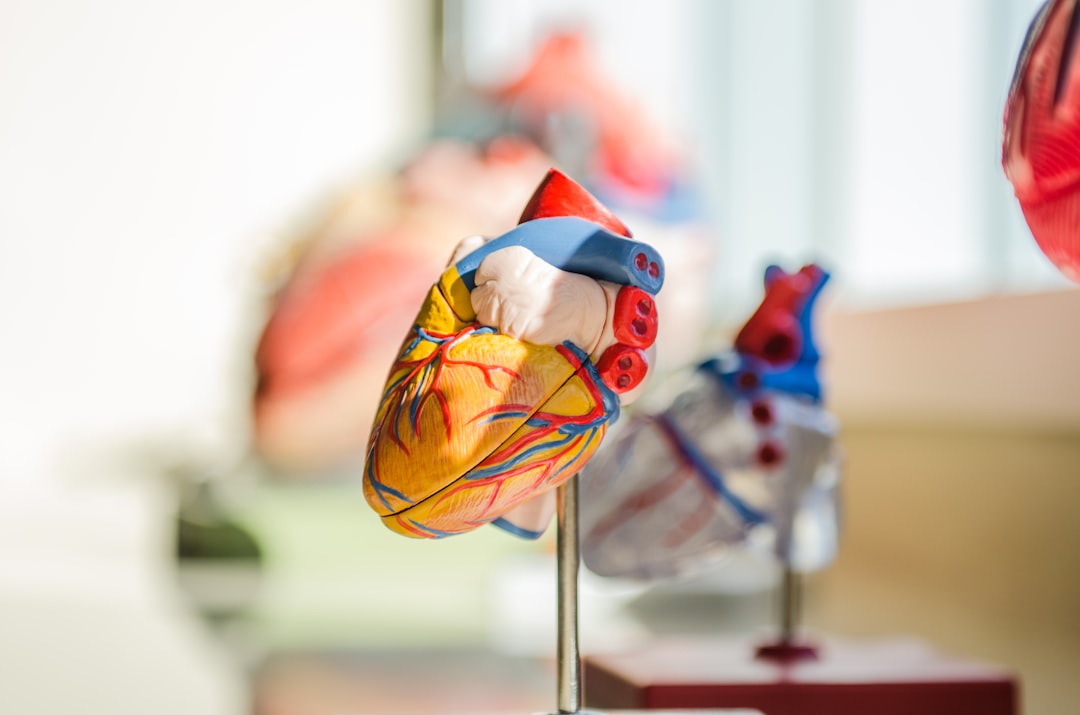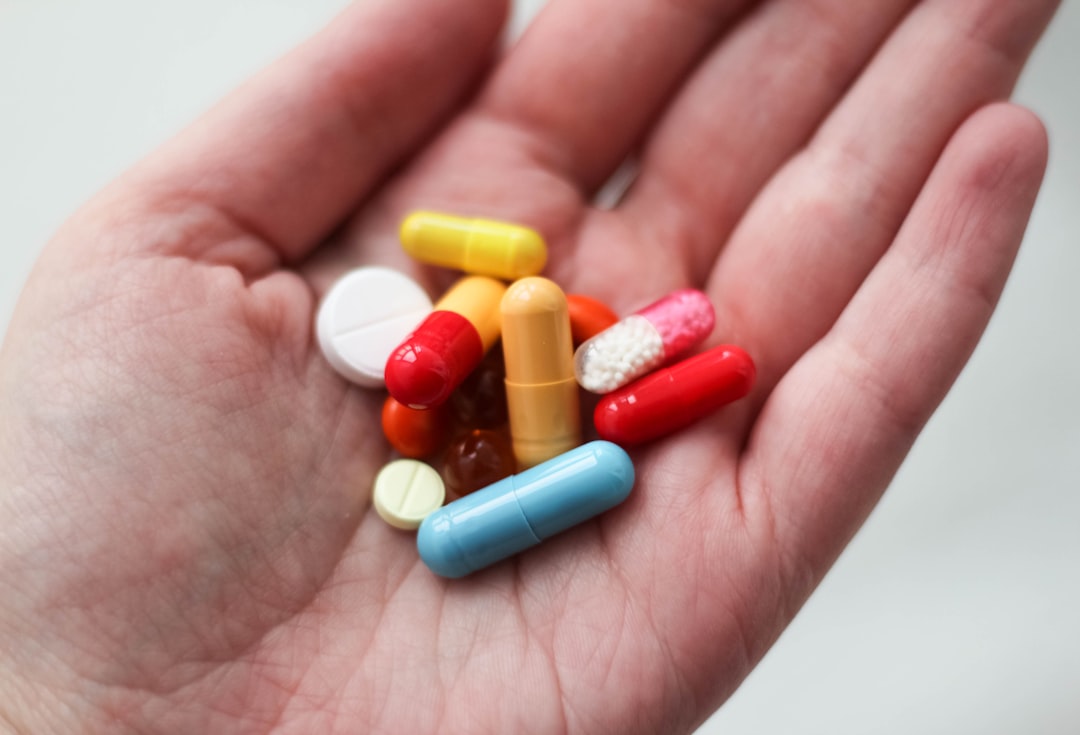What is it about?
Mathematical model proposed by Hovorka et al. (2008) has been employed to simulate its performance using actual patients (clinical data) from the ICU in Malaysia and virtual patients (simulation data) from the previous works. The control algorithm was developed and later simulated using MATLAB. Based on the simulation work,, the disturbance on enteral glucose supplied had affected the blood glucose level of the patient; however, it remained unchanged for the parenteral glucose. To reduce the occurrence of hypoglycaemia and hyperglycaemia, the patient was injected with 30 g/hr and 10 g/hr of enteral glucose, respectively.
Featured Image
Why is it important?
This study is important as an intervention on existing Tight Glucose Control and Intensive Insulin Therapy currently practiced by medical staff which lead to excessive manual works, time-consuming and increased medical costs due to high morbidity and mortality rates among critically-ill patients at ICUs. By introducing in-silico works or mathematical modelling via computer simulation, blood glucose levels of the patients could be monitored and controlled automatically by the developed control algorithm so as to avoid hypoglycaemia or hyperglycaemia episodes from occurring.
Perspectives
The control algorithm developed using Hovorka Model (2008) via MATLAB is able to control blood glucose level (BGL) to be in normoglycemic condition througout the study.
Professor Dr Ayub Md Som
Universiti Teknologi MARA
Read the Original
This page is a summary of: Meal Disturbance Effect on Control of Blood Glucose Level for Critically-ill Patients using In-silico Works, IOP Conference Series Materials Science and Engineering, May 2018, Institute of Physics Publishing,
DOI: 10.1088/1757-899x/358/1/012043.
You can read the full text:
Contributors
The following have contributed to this page










